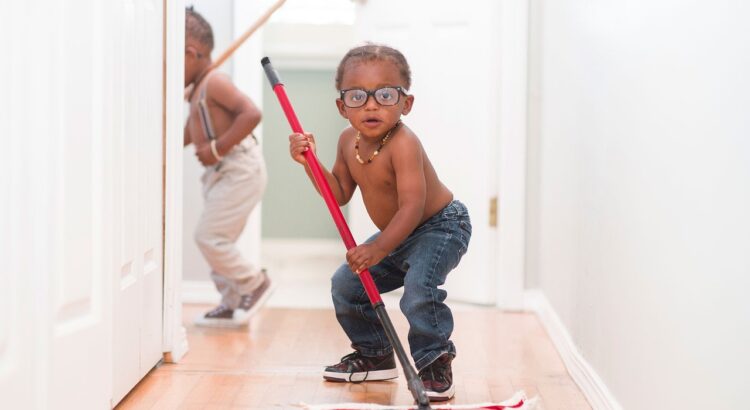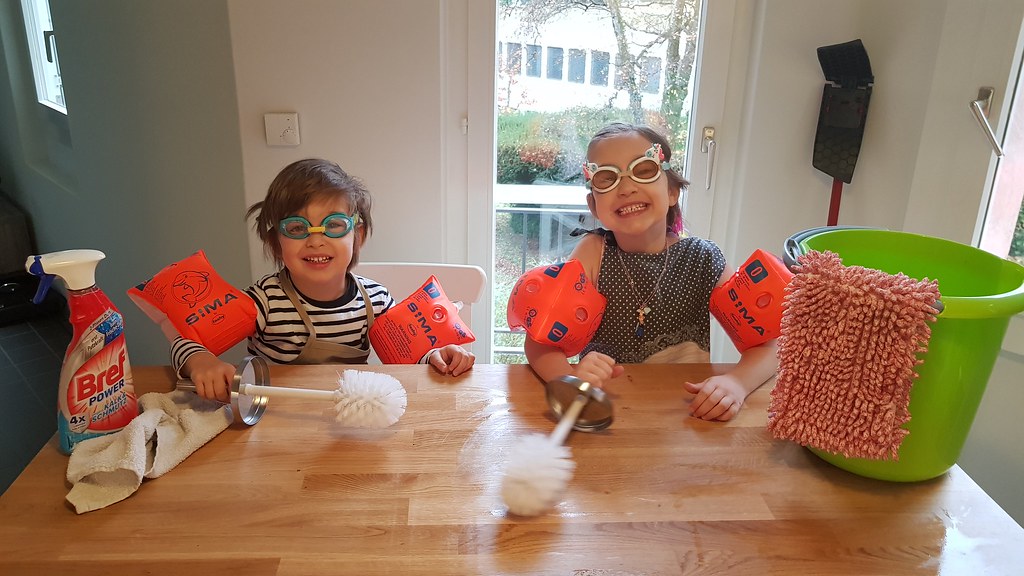
Do you ever feel like you’re constantly picking up after your kids? From toys strewn about to clothes scattered on the floor, it can feel like a never-ending battle to keep your home tidy. But what if there was a way to lighten the load and teach your children the value of cleaning and organizing? In this article, we’ll explore the importance of educating kids on the art of tidying up and share some creative tips for making cleaning and organizing fun for the whole family. So grab a broom and let’s dive into the world of teaching kids the joys of a tidy space!
Table of Contents
- Make Cleaning Fun with Music and Dance
- Set a Good Example by Cleaning Together
- Create a Color-Coded Organizing System
- Establish a Reward System for Clean Spaces
- Incorporate Cleaning into Daily Routines
- Cultivate Responsibility with Personal Chore Charts
- Teach the Value of Donating and Decluttering
- Master the Art of Cleaning Games and Competitions
- Introduce Age-Appropriate Cleaning Tools
- Foster Independence with Cleaning Stations in Every Room
- Questions & Answers for Educating Kids on Cleaning and Organizing
- Closing Remarks
Make Cleaning Fun with Music and Dance
Cleaning and organizing can be a tedious task, especially for kids. However, with the right approach, it can become a fun and enjoyable activity. One great way to make cleaning fun for kids is by incorporating music and dance into the process. Not only does it make cleaning more enjoyable, but it also teaches kids valuable lessons about responsibility and teamwork.
Here are some creative ways to make cleaning fun with music and dance :
- Create a cleaning playlist: Put together a playlist of your kids’ favorite songs to listen to while cleaning. Encourage them to sing and dance along as they work.
- Dance breaks: Take short dance breaks in between cleaning tasks to let loose and have some fun. This not only breaks up the monotony of cleaning but also helps keep the energy levels high.
- Make it a game: Turn cleaning into a game by challenging your kids to clean up certain areas of the house before a song ends. Offer rewards for completing tasks quickly and effectively.
By incorporating music and dance into cleaning, you not only make the process more enjoyable for kids but also teach them important life skills. They learn the value of teamwork, responsibility, and the satisfaction of a job well done. So put on some music, bust out some dance moves, and make cleaning a fun and memorable experience for the whole family!
Set a Good Example by Cleaning Together

When it comes to teaching kids about cleaning and organizing, leading by example is one of the most effective methods. By involving children in the cleaning process and demonstrating the importance of a tidy and organized space, you are instilling valuable life skills that will benefit them in the long run.
Here are some creative ways to set a good example by cleaning together :
- Designate specific cleaning tasks for each family member, including the kids.
- Establish a regular cleaning schedule to maintain cleanliness and organization.
- Show enthusiasm and positivity towards cleaning and organizing to spark children’s interest.
Incorporating the following steps can help parents and caregivers teach kids about cleaning and organizing in a fun and engaging manner:
- Create a Cleaning Routine Chart: Develop a visual cleaning chart with tasks assigned to each family member, including children. Use colorful markers, stickers, and drawings to make it appealing and fun.
- Turn Cleaning Into a Game: Transform cleaning and organizing tasks into a game or competition. Set a timer and see who can tidy up their designated area the fastest. The winner gets a small reward or privilege.
- Explain the Importance of Cleaning: Have age-appropriate conversations with kids about the significance of maintaining a clean and organized environment. Emphasize how it contributes to a healthy and productive lifestyle.
- Offer Positive Reinforcement: Acknowledge and praise children for their efforts in cleaning and organizing. Provide positive reinforcement to motivate them to continue contributing to household chores.
By involving children in the cleaning process and setting a good example, you are not only teaching them valuable life skills, but also fostering a sense of responsibility and teamwork within the family. Remember, it’s never too early to start instilling these habits in children!
Create a Color-Coded Organizing System
When it comes to teaching kids cleaning and organizing, creating a color-coded system can be a game-changer. Not only does it make organizing fun and visually appealing for kids, but it also helps them develop important skills such as categorization, visual recognition, and decision-making.
Here’s how to that will make cleaning and organizing a breeze for kids:
Choose a Color for Each Category
To start, assign a specific color to different categories of items. For example, you may choose blue for toys, green for books, red for art supplies, and yellow for clothes. This will help kids visually identify where each item belongs and makes putting things away a fun and interactive activity.
Create Color-Coded Labels
Next, create labels with the designated colors and categories. You can use stickers, washi tape, or printable labels to make it easy for kids to recognize where each item belongs. Place these labels on bins, drawers, and shelves to clearly mark the designated spots for each category of items.
Involve Kids in the Process
Get kids involved in the process of creating the color-coded organizing system. Let them help with choosing the colors, creating labels, and deciding where each category of items should go. This not only empowers them to take ownership of the system but also teaches them valuable organizational skills.
Maintain and Reinforce the System
Once the color-coded organizing system is in place, it’s important to maintain and reinforce it regularly. Encourage kids to put items back in their designated spots and praise them for doing so. Consistency is key in helping kids develop good cleaning and organizing habits.
A color-coded organizing system is a fun and effective way to teach kids cleaning and organizing skills. By involving kids in the process and making it visually appealing, you can make cleaning and organizing a positive and engaging experience for the whole family.
Establish a Reward System for Clean Spaces
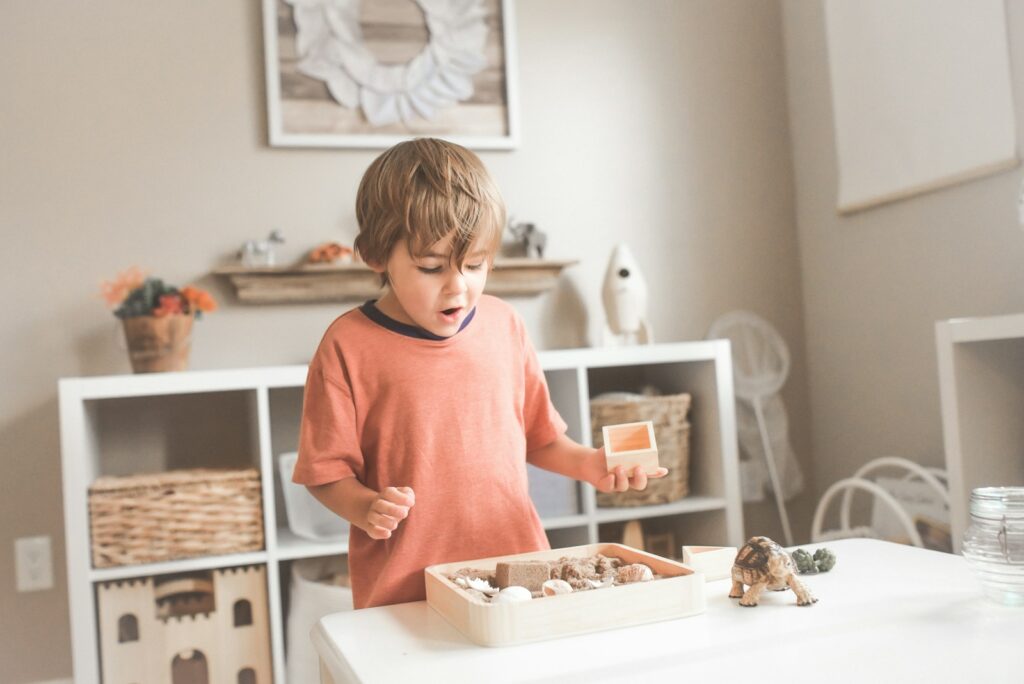
One way to motivate kids to maintain clean and organized spaces is by establishing a reward system. This can be a fun and effective way to teach children the importance of cleaning and organizing while also incentivizing them to participate in household chores.
Here are some tips for creating a reward system for clean spaces:
- Define Clear Expectations: Clearly outline the tasks that need to be completed in order to earn rewards. This could include daily chores such as making the bed and picking up toys, as well as weekly tasks like tidying up their rooms.
- Choose Meaningful Rewards: Consider what motivates your children and tailor the rewards to their interests. Whether it’s extra screen time, a special outing, or a small allowance, make sure the rewards are meaningful to them.
- Set Up a Tracking System: Create a visual way for kids to track their progress, such as a sticker chart or a point system. This will help them stay motivated and see the direct correlation between their efforts and the rewards they earn.
- Be Consistent and Flexible: Consistency is key when it comes to a reward system, but it’s also important to be flexible and adjust the system as needed. Keep an open line of communication with your kids and be willing to make changes if something isn’t working.
By implementing a reward system for clean spaces, you can make the process of cleaning and organizing more engaging and enjoyable for your children. It not only teaches them valuable life skills but also instills a sense of responsibility and accountability.
Incorporate Cleaning into Daily Routines
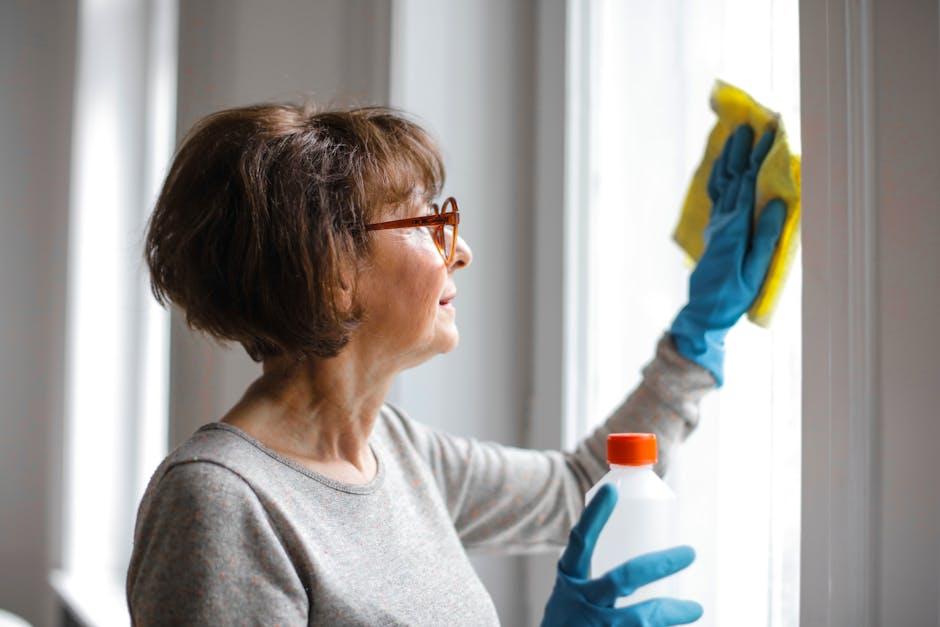
Teaching kids the importance of cleaning and organizing can set them up for a lifetime of good habits. By incorporating cleaning into their daily routines, children can learn valuable skills and take pride in maintaining a tidy environment.
Here are some tips on how to educate kids on cleaning and organizing:
Lead by Example
Show kids that cleaning is a normal part of everyday life by demonstrating your own cleaning habits. Let them see you tidying up the house, doing the dishes, and putting away laundry. By setting a positive example, you can instill the importance of cleaning in your children.
Make it Fun
Try to make cleaning and organizing activities enjoyable for kids. Turn on some upbeat music and have a dance party while tidying up their rooms. Create a game out of putting away toys or have a race to see who can finish their chores first. By making cleaning fun, kids will be more motivated to participate.
Set Clear Expectations
Provide children with specific instructions on what tasks they are responsible for and how frequently they should be completed. This could include making their bed every morning, putting away toys before bed, or helping with household chores on weekends. By setting clear expectations, kids will know what is required of them and develop a sense of responsibility.
Reward and Praise
Offer praise and rewards for a job well done. Whether it’s a sticker chart, extra playtime, or a small treat, positive reinforcement can motivate children to keep up with their cleaning and organizing routines. By acknowledging their efforts, kids will feel proud of their accomplishments and be more inclined to continue participating.
Cultivate Responsibility with Personal Chore Charts
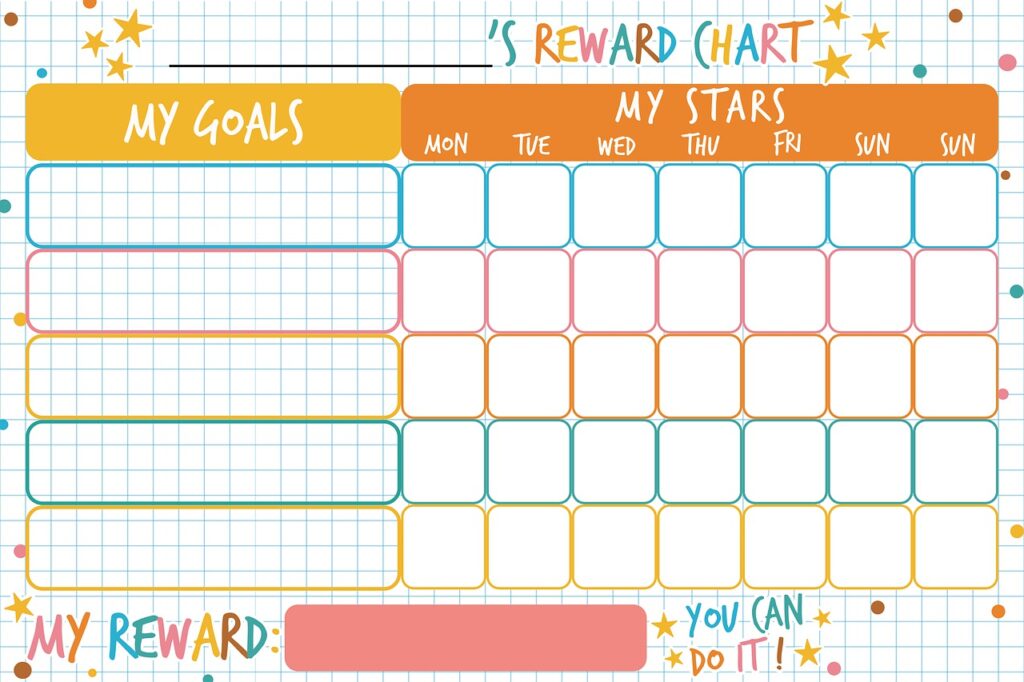
Teaching kids cleaning and organizing skills from a young age can help them develop valuable life skills and cultivate a sense of responsibility. One effective way to do this is by using personal chore charts. These charts can help children understand the importance of contributing to household tasks and teach them how to manage their time and responsibilities effectively.
Here are some creative ways to educate kids on cleaning and organizing using personal chore charts:
- Involve kids in creating their own chore chart, allowing them to choose tasks they are responsible for.
- Use colorful and visually appealing charts to make the experience more engaging for children.
- Set achievable goals and rewards for completing tasks on the chore chart to motivate kids to participate.
- Regularly review and update the chore chart to reflect changes in responsibilities and to ensure that kids stay engaged with the process.
By implementing personal chore charts, parents can empower their children to take ownership of their household responsibilities in a fun and structured manner. This can help build a sense of independence and self-discipline while instilling good habits that will benefit them throughout their lives.
Teach the Value of Donating and Decluttering
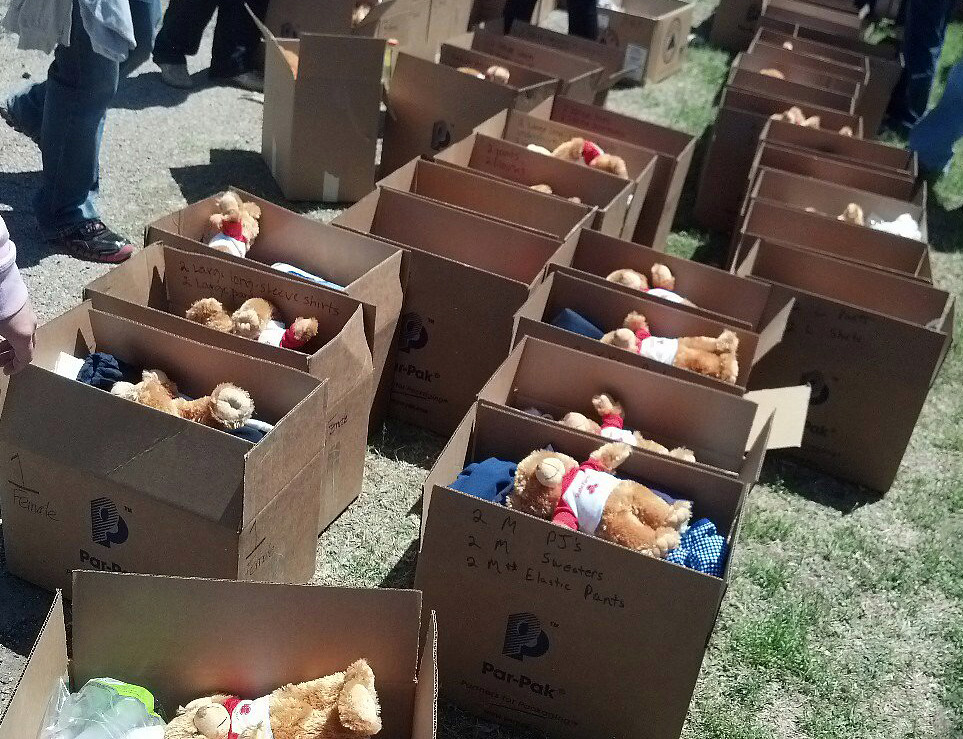
Teaching kids the importance of donating and decluttering can instill valuable life lessons that will stay with them as they grow. Not only does it help keep their living environment clean and organized, but it also teaches them empathy and the importance of giving back to those in need.
Here are some creative ways to educate kids on cleaning and organizing:
Lead by Example
Children are always watching and learning from their parents and caregivers. If they see you regularly decluttering and donating items, they are more likely to follow suit. Show them how you go through your belongings, decide what to keep, and then donate the items you no longer need.
Make it a Game
Cleaning and organizing can be fun! Turn decluttering into a game by setting a timer and seeing how much can be sorted and donated in a certain amount of time. You can also create a points system for each item sorted or donated, with a small reward for reaching a certain number of points.
Get Them Involved in the Donation Process
When it comes time to donate items, involve your children in the process. Take them with you to drop off the donations at a local charity or thrift store. Seeing firsthand the impact of their donations can be a powerful lesson in empathy and giving back.
Create a “Donation Box”
Set up a designated box or area in your home for items that are no longer needed, but still in good condition. Encourage your children to place their own items in the donation box when they outgrow or no longer use them. This helps them develop the habit of decluttering regularly and teaches them the value of donating to those in need.
By implementing these strategies, you can effectively teach kids the value and importance of donating and decluttering, while also making it a positive and engaging experience for them.
Master the Art of Cleaning Games and Competitions
When it comes to educating kids on cleaning and organizing, it’s important to make the process fun and engaging. Incorporating games and competitions can help children develop good habits while also having a great time.
Here are some creative ideas to teach kids cleaning and organizing:
1. Speed Cleaning Challenge: Set a timer and challenge the kids to see who can clean their room the fastest. Make it a race and offer small prizes for the winner. This not only teaches them to clean efficiently but also makes it a fun and exciting activity.
2. Sorting and Organizing Game: Create a game where kids have to sort and organize their toys or clothes into different categories. Use colorful bins and labels to make the process more visually appealing. This not only teaches organization skills but also helps them develop a sense of responsibility for their belongings.
3. Chore Bingo: Create a bingo card with different chores or cleaning tasks. Each time a child completes a task, they get to mark it off the card. Offer a reward for completing a full row or column. This game helps kids stay motivated and engaged in the cleaning process.
| Game/Competition | Pros | Cons |
|---|---|---|
| Speed Cleaning Challenge | Teaches efficiency and makes cleaning fun | May lead to rushed cleaning with less attention to detail |
| Sorting and Organizing Game | Develops organization skills and a sense of responsibility | May require supervision to ensure proper sorting |
| Chore Bingo | Keeps kids motivated and engaged in the cleaning process | May lead to selective completion of tasks to win the game |
Introduce Age-Appropriate Cleaning Tools
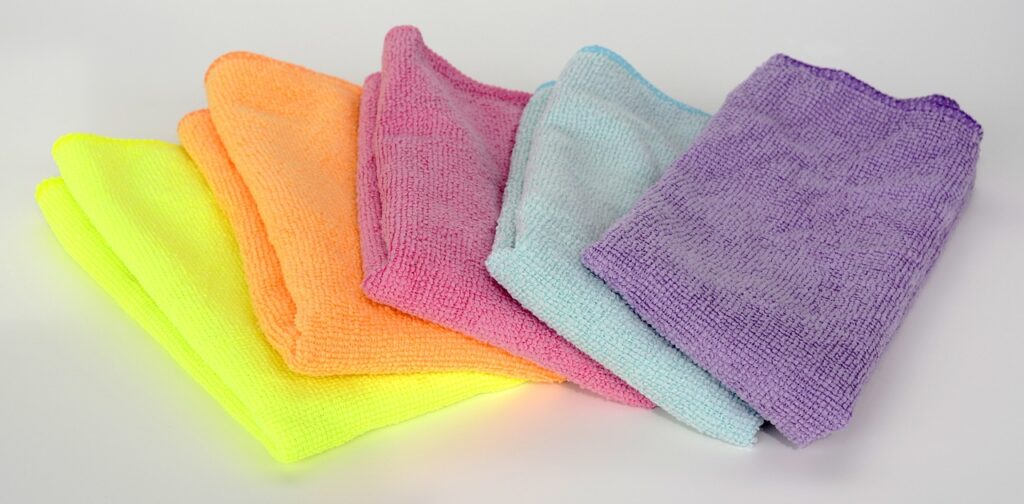
When it comes to teaching kids about cleaning and organizing, it’s essential to provide them with age-appropriate tools that are safe, effective, and easy for them to use. Here are some cleaning tools and supplies that can help kids learn valuable skills while keeping their environment neat and tidy:
1. Colorful Cleaning Cloths: Kids are often drawn to bright and colorful objects, so providing them with a set of colorful cleaning cloths can make the cleaning process more fun and engaging for them. These cloths are perfect for wiping down surfaces, dusting, and cleaning up spills.
2. Child-Sized Brooms and Dustpans: Kids love to imitate adults, and having their own child-sized brooms and dustpans can make them feel like they’re part of the cleaning process. These smaller tools are easier for kids to handle, making it less overwhelming for them to help out.
3. Non-Toxic Cleaning Sprays: It’s important to use non-toxic cleaning products when kids are involved in the cleaning process. Look for kid-friendly cleaning sprays that are safe for them to use and can be used on a variety of surfaces.
4. Toy Storage Bins: Teaching kids about organizing goes hand in hand with cleaning. Providing them with colorful and fun toy storage bins can encourage them to keep their belongings organized and put away neatly after playtime.
By introducing age-appropriate cleaning tools, kids can learn valuable skills while also taking pride in keeping their space clean and organized. It’s important to make the cleaning process fun and engaging for kids, and using the right tools can make all the difference.
Foster Independence with Cleaning Stations in Every Room
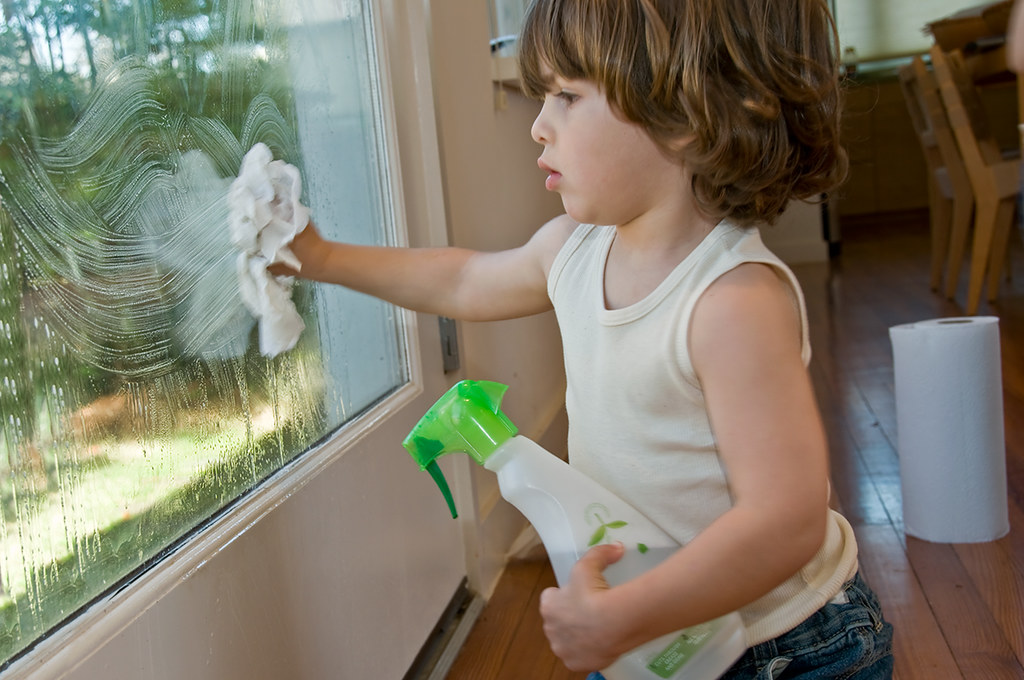
Teaching kids cleaning and organizing is an important life skill that sets them up for success in the future. One way to foster independence and encourage children to take ownership of their environment is by creating cleaning stations in every room of the house.
A cleaning station is a designated area where children can easily access the tools they need to tidy up and organize their space. This not only empowers them to take responsibility for their surroundings, but also teaches them valuable lessons about cleanliness and organization.
Here are some steps to create a successful cleaning station in every room:
- Choose a designated spot in each room where the cleaning station will be located
- Stock the station with child-friendly cleaning supplies, such as non-toxic sprays, microfiber cloths, and small brooms
- Label each item and provide a simple checklist of cleaning tasks for kids to follow
- Encourage kids to use the cleaning station regularly and praise their efforts
By implementing cleaning stations in every room, you not only teach kids cleaning and organizing, but also instill in them a sense of pride and accomplishment as they take charge of their environment. It’s a simple yet effective way to promote independence and responsibility in children.
Questions & Answers for Educating Kids on Cleaning and Organizing
How can I get my kids excited about cleaning and organizing?
Encourage your kids to participate in cleaning and organizing by making it a game or competition. Create a rewards system to incentivize their efforts and make it fun!
At what age should I start teaching my child about cleaning and organizing?
You can start introducing the concept of cleaning and organizing to your child as early as preschool age. Start with simple tasks and gradually increase their responsibilities as they get older.
How can I teach my child to clean up after themselves?
Lead by example and show your child how to clean up after themselves. Encourage them to tidy up their toys and belongings after they are done using them.
What are some age-appropriate chores for kids?
For younger children, simple tasks like putting away toys, making their bed, and picking up their belongings are good starting points. As they get older, you can introduce more complex chores like vacuuming, doing laundry, and cleaning the bathroom.
Should I create a cleaning schedule for my child?
Creating a cleaning schedule for your child can help them develop a routine and sense of responsibility. Start with a small list of tasks and gradually add more as they become accustomed to the routine.
How can I help my child become more organized?
Teach your child the importance of having a designated place for everything and encourage them to put things back where they belong. Provide them with organizing tools like bins, shelves, and labels to make it easier for them to stay organized.
What should I do if my child doesn’t want to clean or organize?
If your child is resistant to cleaning and organizing, try to find ways to make it more enjoyable for them. Praise them for their efforts and provide positive reinforcement to encourage them to participate.
How can I make cleaning and organizing a family activity?
Get the whole family involved in cleaning and organizing by turning it into a team effort. Assign different tasks to each family member and work together to tackle larger projects.
Should I give my child an allowance for doing chores?
Giving your child an allowance for completing chores can be a good way to teach them the value of earning money through hard work. It can also serve as motivation for them to participate in household tasks.
How can I teach my child to take pride in a clean and organized space?
Help your child understand the benefits of living in a clean and organized environment, such as reduced stress, improved productivity, and a sense of accomplishment. Lead by example and show them how to take pride in maintaining a tidy living space.
Closing Remarks
So, next time your little one tries to avoid helping out with the household chores, remember the valuable skills they are learning through cleaning and organizing. By teaching them these essential tasks, you’re not only instilling responsibility and independence, but also setting them up for a successful and organized future. So, embrace the mess and chaos, and turn it into a teaching opportunity for your kids. After all, a clean and organized home is a happy and productive home for the whole family.
